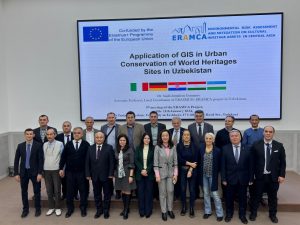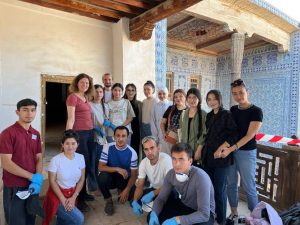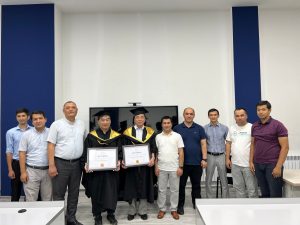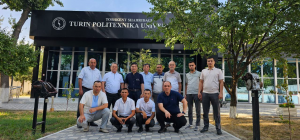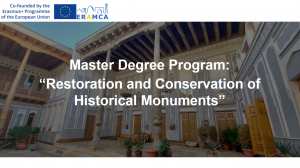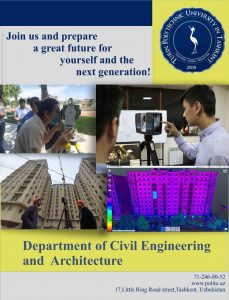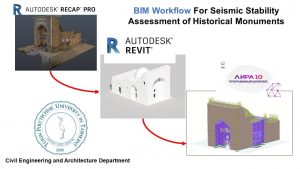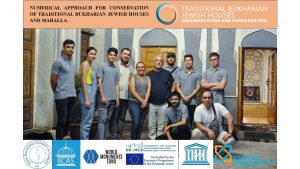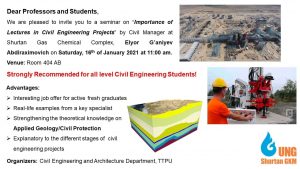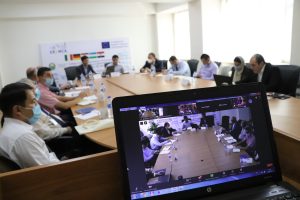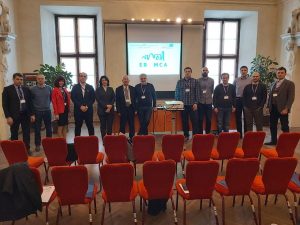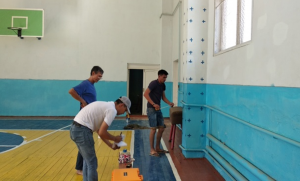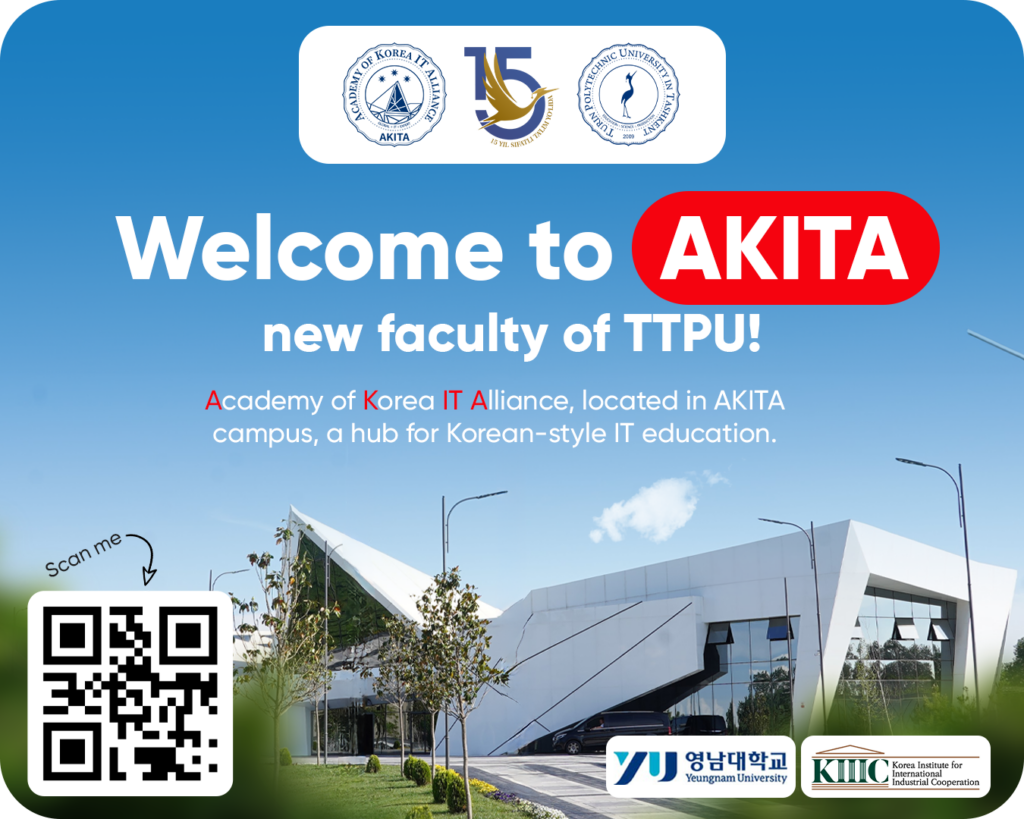The 5th meeting of the ERAMCA project and the Final Workshop were convened from January 7 to 11 of 2024 at Turin Polytechnic University in Tashkent (TTPU)
The 5th meeting of the ERAMCA project and the Final Workshop were convened from January 7 to 11 of 2024 at Turin Polytechnic University in Tashkent (TTPU), Uzbekistan. The aim of the meeting was to gather all ERAMCA project partners at TTPU to discuss the progress of the activation of the ERAMCA master degree program and laboratory in every partner university. The following high-level guests participated at the meeting: Ms. Sara Noshadi,Head of the UNESCO Office in Tashkent, Uzbekistan; Ms. Aziza Abdurakhmanova, Coordinator of National Erasmus + Office in Uzbekistan; Mr. Botir Abdullayev, Art and Culture Development Foundation under the…



